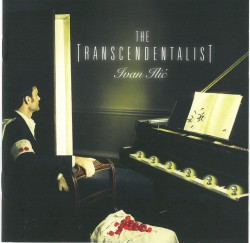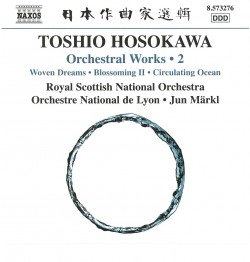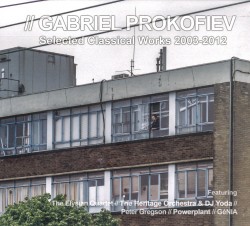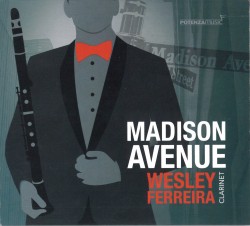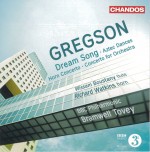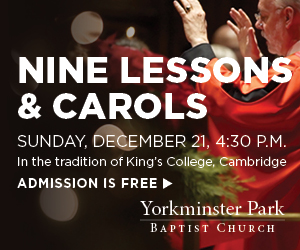American Chamber Music - James Ehnes; Seattle Chamber Music Society
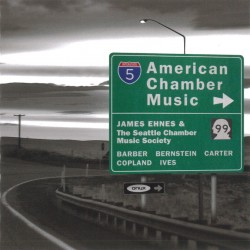 American Chamber Music
American Chamber Music
James Ehnes; Seattle Chamber Music Society
Onyx 4129
In addition to the great European tradition of chamber music, American composers have also made significant contributions to the genre, beginning with the works of Arthur Foote in the 19th century. American chamber music is alive and well 150 years later, and this recording is a fine representation of repertoire from the 1930s and 40s with music by Copland, Ives, Bernstein, Carter and Barber performed by Canadian violinist James Ehnes and musicians of the Seattle Chamber Music Society.
While some of the music on this CD might not be all that well known, it’s all worth investigating. Copland’s Violin Sonata from 1943 is a study in contrasts, with its buoyant opening movement, a restrained march and the rhythmical finale performed here with much panache by Ehnes and pianist Orion Weiss. Leonard Bernstein was still a student at Harvard when he composed his Piano Trio in 1937, its exuberance very much the music of a 19-year-old prodigy. The most familiar piece on this recording is surely Barber’s String Quartet, if only because of the famous Adagio, most often heard arranged for string orchestra. Here, the warmly resonant strings further heighten the movement’s elegiac mood. Equally elegiac is the brief Largo for violin, clarinet and piano by Charles Ives. Insurance broker by day and composer on the weekend, Ives was very much an individualist. His approach to music was distinctly American, and I liken the introspective mood of this piece from 1901 to those stark urban landscapes by Edward Hopper created 30 years later. Elliott Carter’s Elegy for viola and piano from 1943 is marked by a romantic conservatism not seen in his later style.
So it would seem that during the 1930s and 40s, there was more going on musically in America than the jitterbug and big bands and this CD proves it admirably. Kudos to James Ehnes and his group from Seattle for bringing to light some treasures that most certainly deserve greater exposure.


